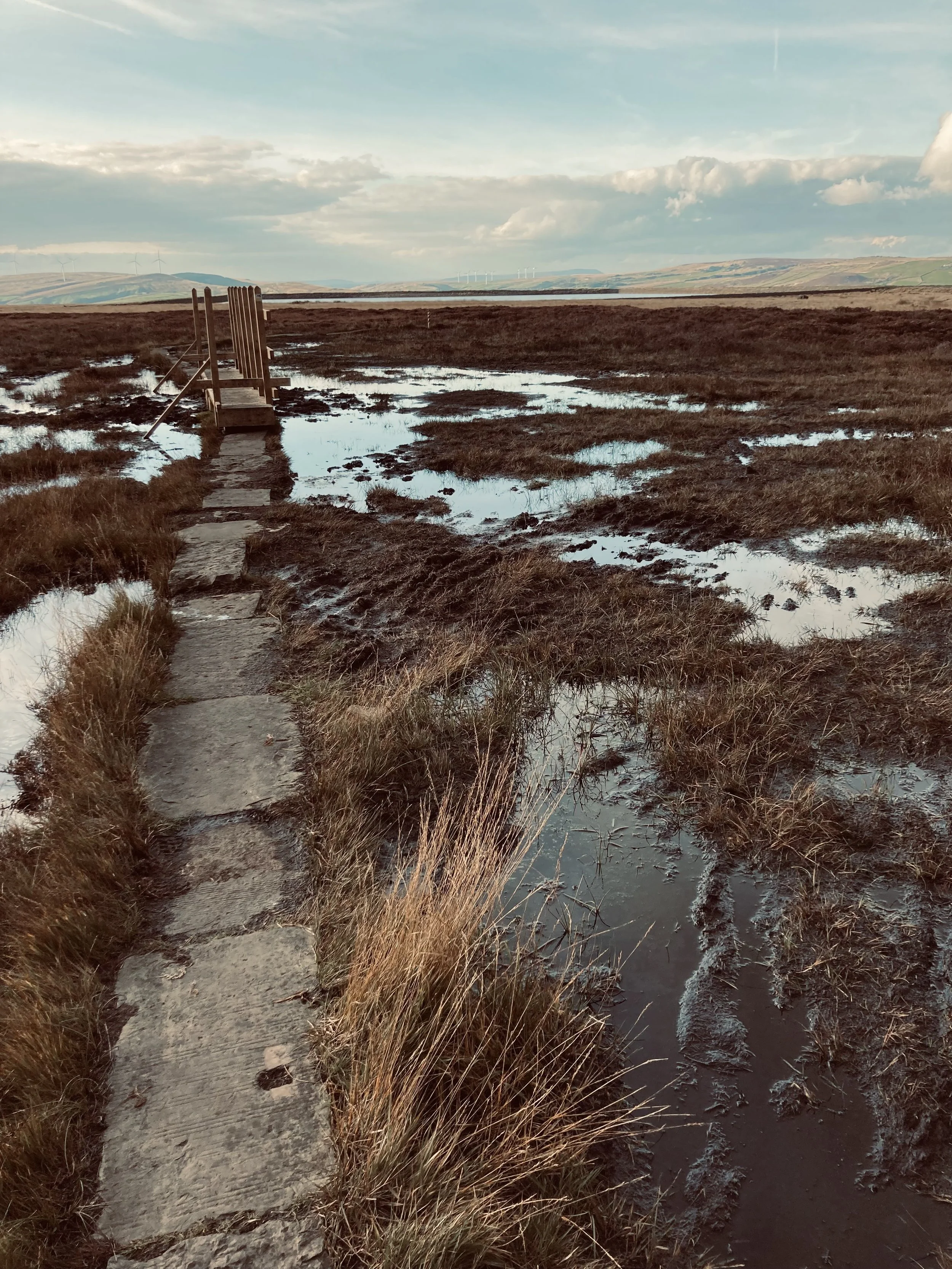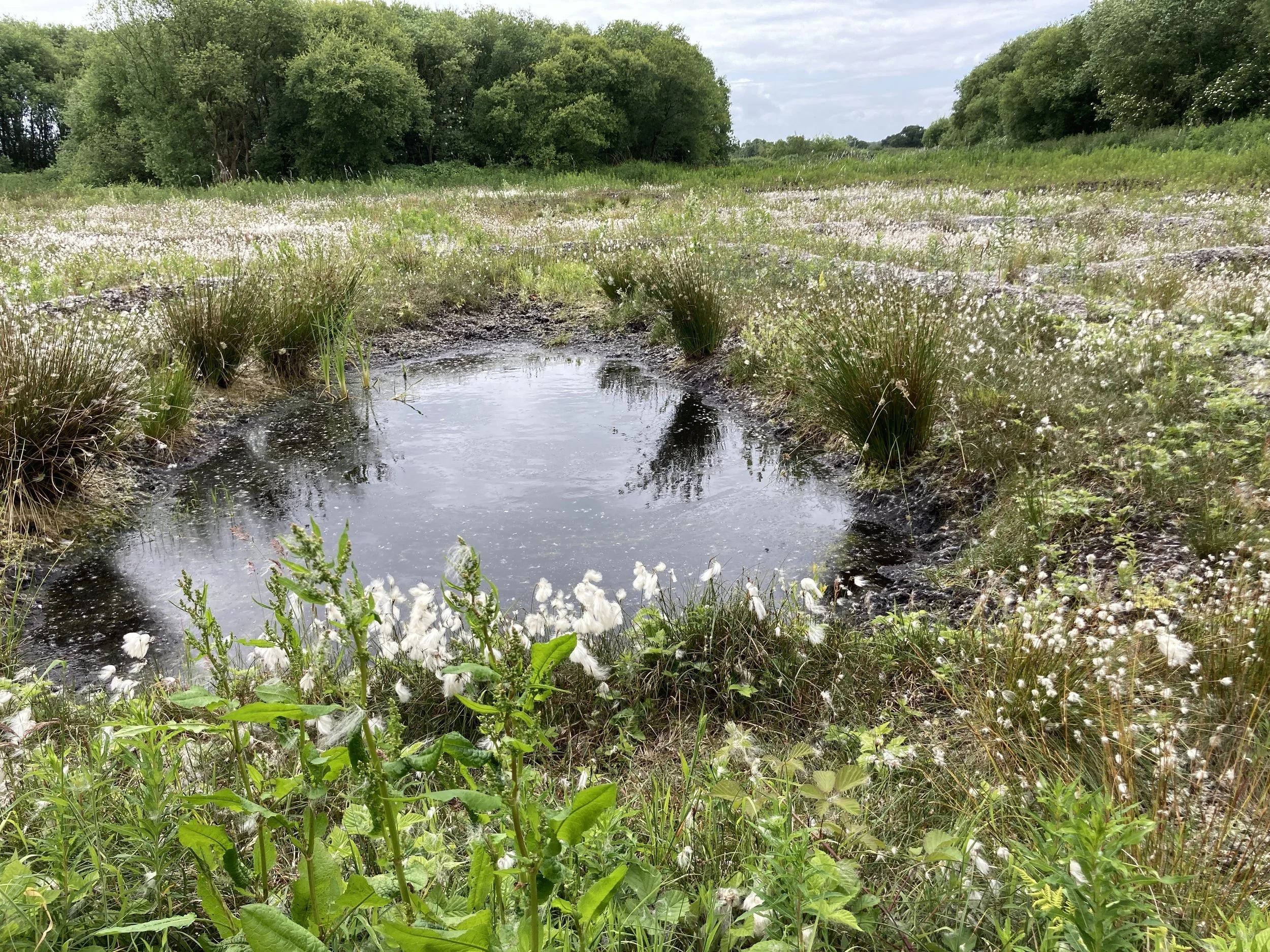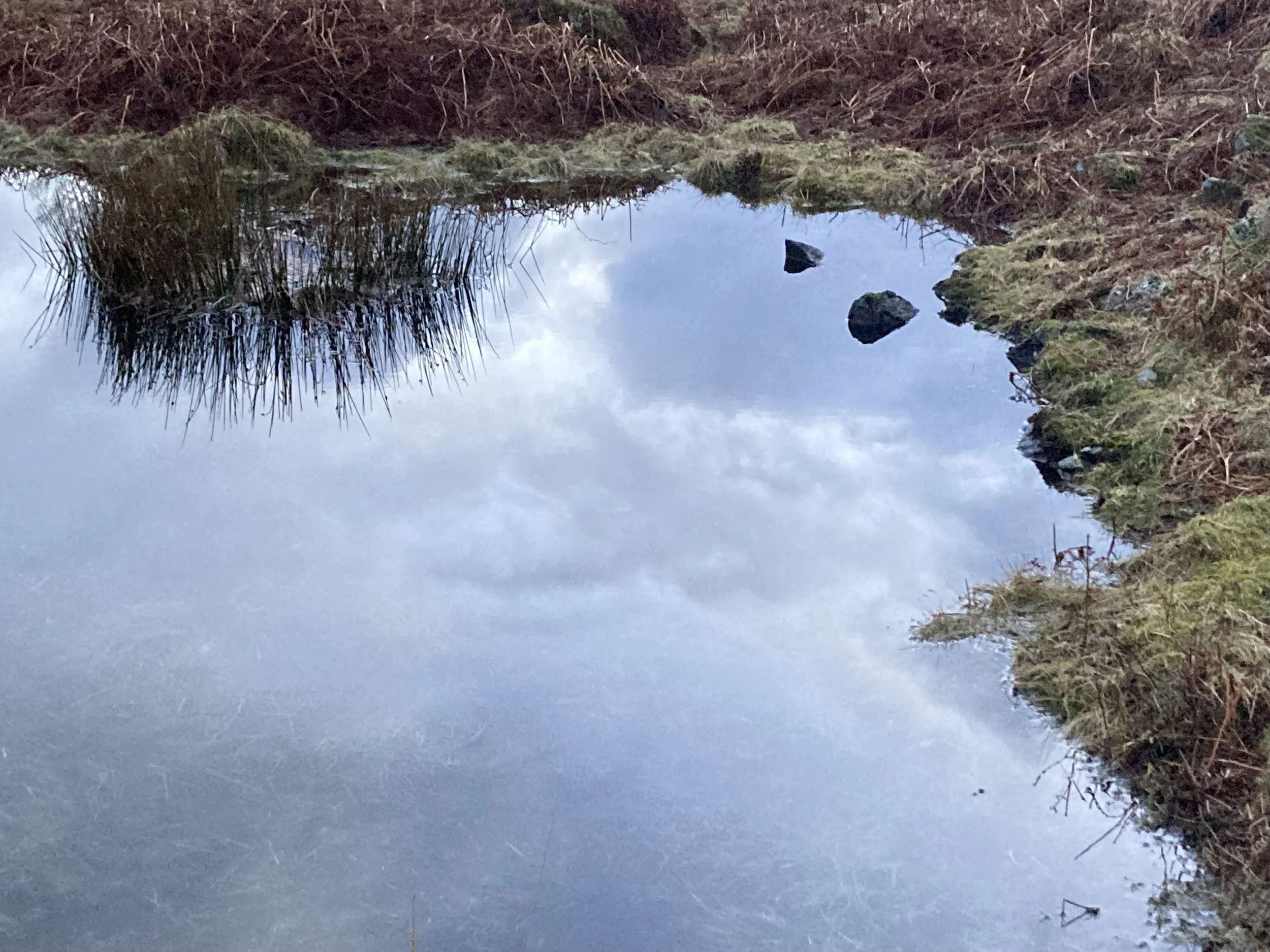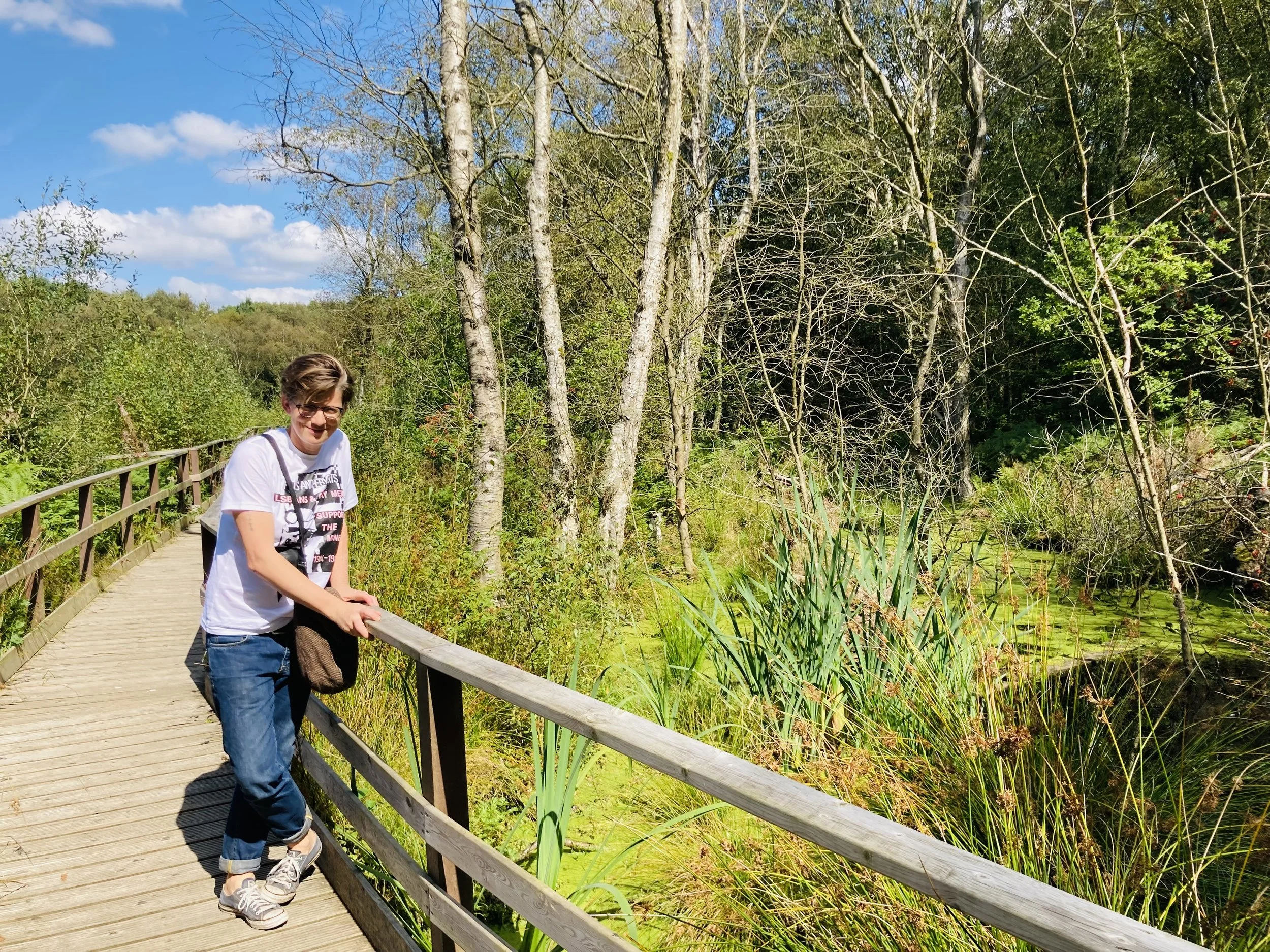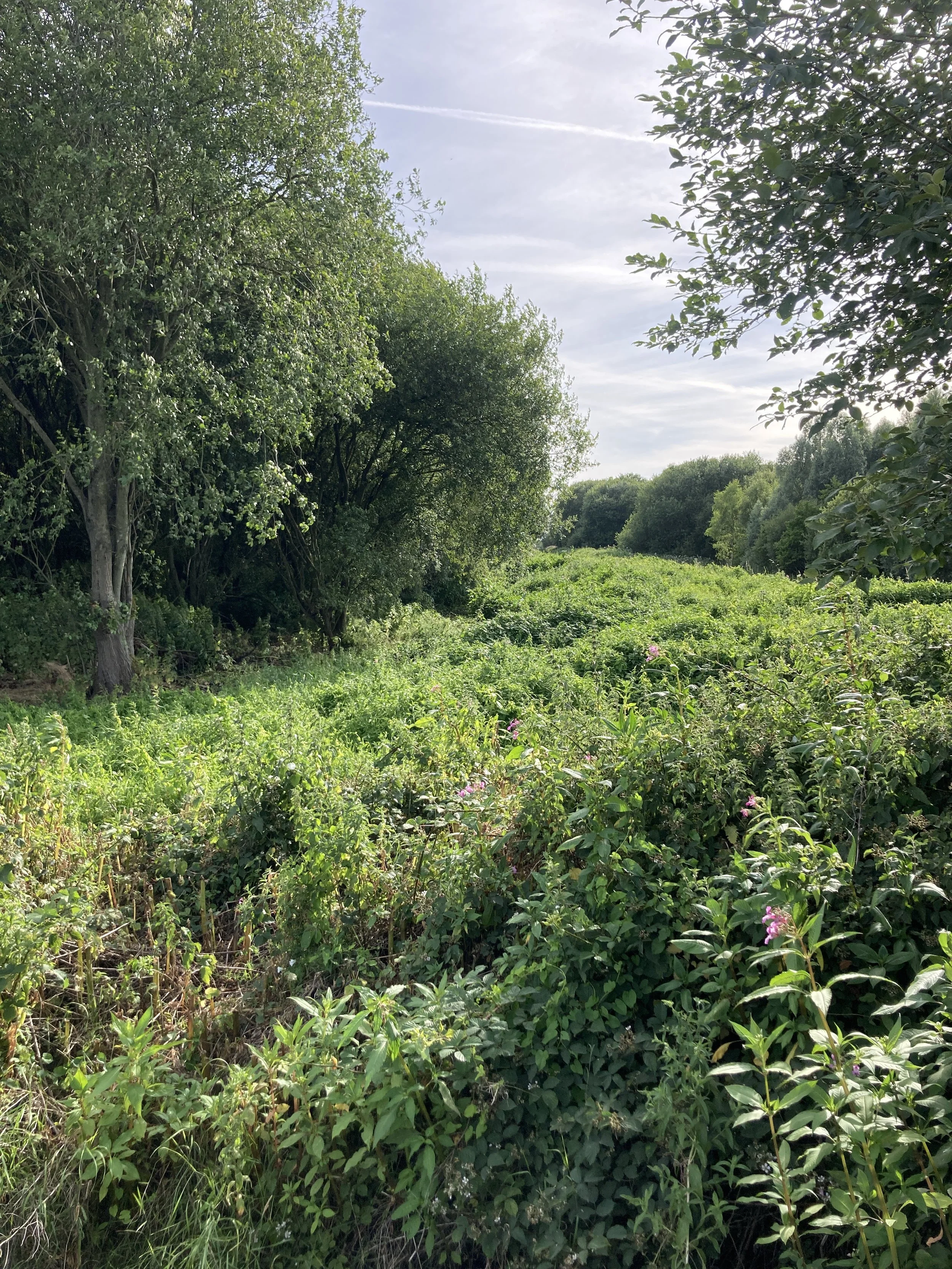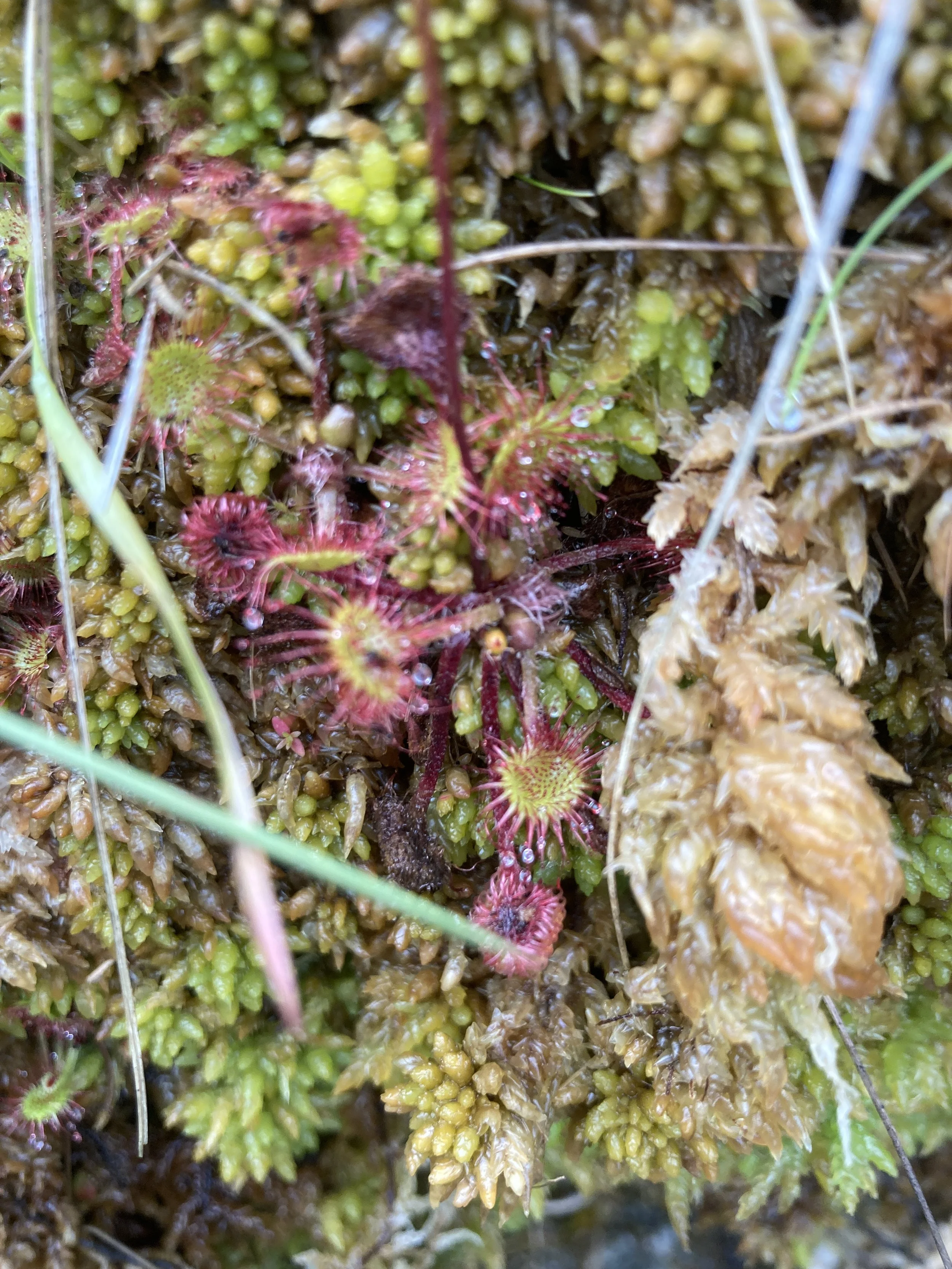
The Carbon Landscape: Poetry and Preservation
Clare Shaw on peat, poetry, and its power to save the planet—or at least, one small, flat corner of it.
Burnley in the 1980s was known for shut-down mills and mines, for football, hooliganism, the National Front. It was not known for gay clubs and radical bookshops. This meant that the CND shop in Colne, with its posters and fug of patchouli, was the closest I could get to community. It meant that I learnt about the plight of bogs in the same moments as pacifism, the anti-apartheid movement, joss sticks, and carob.
But it would be another twenty-five years before I’d understand how bogs hold our history and our hope; how they are a vivid model of environmental destruction and restoration; how they exemplify the power of language to harm and to heal; and how, when it comes to bogs, poetry has the power to save the planet—or at least, a small, flat corner of it.
I don’t believe that poetry has an obligation to save anyone, or anything. But I do believe it can. And instead of arguing in the abstract, I want to give you an example. In 2021, I was the resident poet for the Carbon Landscape, an area named after the coal which lies in silent seams beneath its fields and towns, and after the soft black peat of its bogs. I’d grown up among the high moors of East Lancashire. The flat lands of Greater Manchester were just places to pass through: nothing of worth to see here.
But as the resident poet, I was required to write poetry in response to this landscape, and to use poetry to engage local communities with its featureless land. There was so much I didn’t know at the start of that year. I didn’t know how a bog formed; or that four little tumours were growing in my spine; or that UK’s peat holds more carbon than the forests of the UK, Germany, and France put together. I didn’t know that Covid would continue to recede, leaving a world which looked the same but felt somehow changed—off-kilter, hollow and bruised; I didn’t know what sedge meant, or what a willow warbler sounded like, or that I was about to fall in love.
The bogs and flashes of South Lancashire are hidden in unlikely places. You find them tucked behind garden centres, up potholed tracks, behind burnt-out prefabs, through gaps in hedges. Behind anonymous stretches of motorway you may have driven a thousand times. There’s usually litter and no car park, no visitor centre. More than once, I assumed I was lost. Then I’d round a corner to the open page of a sky, a wide flat land where the bog cotton was cloud, and the cloud was reflected in dark pools. There’d be a wren, perhaps, or a small woodland with its roots in the water, its loud green air; or a sun low and orange as an egg. I’d think of wardrobe, gold ring, poetry and all the other ways we pass between worlds.
In literature, bogs have long been uncanny places. As Ransom Riggs puts it in Miss Peregrine’s Home for Peculiar Children: “As doors to the next world go, a bog ain't a bad choice. It's not quite water and it's not quite land—it's an in-between place”. Soft, shifting places of contradiction—life and death, solid and liquid, animal and vegetable—bogs absorb the stories inscribed upon them, and those stories have been stories of fear . . . from Conan Doyle’s The Hound of the Baskervilles, to the 2024 film The Moor with its brooding Northern uplands and blanket bogs. And in poetry, of course, there is Heaney for whom the bog is “sword-swallower,/ casket, midden”, holding ancient and recent histories of violence within.
But bogs have a reality beyond our account of them, beyond our stories and poems. They are a complex family of landscapes which form themselves slowly where precipitation exceeds the capacity of the land to drain or dry itself. I live among the blanket bogs of West Yorkshire, the wide upland moors of heather and moss whose peat is the result of heavy rainfall and gritstone. The Carbon Landscape, in contrast, is characterised by raised bogs, created by peat formation in ancient shallow lakes. The peat is ten metres—or ten thousand years—deep, and it rises in gentle, mossy domes, and sinks into black water. The specific conditions found in bogs—acidic and poor in nutrients—cause unique ecologies, specialised insects, flora and birds, like sphagnum and dragonflies, the stone curlews and sundew. They also mean that bogs are a living archive, preserving not only the bog bodies made famous by Heaney, but also the tiny bodies of pollen, which themselves hold a wealth of archaeological knowledge. And crucially, they are one of the UK’s best carbon stores, holding 3.2 billion tonnes of it within the peat—considerably more than the carbon stored in our forests.
I knew none of this before I took up my residency. Poetry, especially in the extended, deep engagement required by a residency, brings us to knowledge in many ways. It requires us to read and to research, to listen and to imagine. It asks us to observe: to look closely, differently. Bogs have a similar effect. Lacking the drama and the conspicuous features of mountain, forest, river, they demand that we look with a new attention.
Perhaps our unwillingness to pay close attention is, in part, why the UK has destroyed or damaged 96% of its bogs. Peatlands and bogs are threatened across the world—drained, burned, and built on, with half a million hectares destroyed each year. The raised bogs of the Carbon Landscape were once part of Chat Moss, a breathtaking expanse of bog stretching across the North West. Just 2% of it remains. It’s an ongoing act of destruction with its roots in language: in 1726, Daniel Defoe wrote of Chat Moss that “The Surface, at a distance, looks black and dirty, and is indeed frightful to think of, for it will bear neither Horse nor Man . . . What Nature meant by such a useless Production, ’tis hard to imagine; but as the Land is entirely waste”. In a narrative framework in which bogs were ugly wastelands, any development which spelled the end of a bog can be presented as “improvement”, or “reclamation”.
But bogs can also be restored in language, and here, poetry plays a crucial role. It captures the tiny, ordinary, overlooked, and brings it to attention: take, for example, Jane Burn’s “Tardigrade”: “Tiny, titchy, totty, tiddler of a thing / I am smaller than you thought a bear could be / Here in my miniature land of mossy trees / I place my little feet”—which magnifies the microscopic tardigrade, or moss pig, two million of which make their home in each square metre of marsh. Or W. S. Merwin, who in “After the Dragonflies” invites us not just to observe that “the veins in a dragonfly’s wings / were made of light” but to imagine a gut-wrenching scenario when their existence can only be expressed in the past tense. Or Elizabeth-Jane Burnett’s “Little Loss”, both a love poem to Girgensohn’s Bog-moss, and a meditation on death and grief: “Your colourless hyaline sounds fringed / by little specks of the living—small chlorophyllase cells, linked / through your leaves like chainmail. Death, bordered by life; death / bordered by life; repeating relentlessly through the body”.
Poetry asks us to notice, and when we notice, we care. Before I came to bogs and bog writing, I saw moss as a homogenous mass—now I know there are over seven hundred kinds in the UK, including 37 types of sphagnum. I know that mosses are the toughest, oldest land plant, vital in creating soil. I know that they are the world’s expression of green, that without them, this planet is rock, and they are absolutely everywhere: which is perhaps why we ignore them. In the context of the violent denudation of our environment—nearly one in six species are at risk of being lost from Great Britain—it’s comforting to know that you can always find these tough little forests of plenty—if you look.
And if you do, you’ll be reminded of nature’s capacity for survival, resurrection and restoration. When I say “nature”, I mean us, as well as the world which surrounds us. Poetry, through its most central devices—imagery, metaphor, simile—erodes the boundary between things; and the boundary between humans and their environment is at its thinnest in personification. During my residency, I’d spend days on the mosses, watching the process of restoration as it happened—the blocking of drains, the building of small dams, or “bunds”, the planting of sphagnum. “[M]ulch parched earth / with heather brash. / Graft sphagnum moss / from a healthy bank” instructs Jane Clarke in “Recipe for a Bog”. In Caddishead, the bog responded with cotton grass, the return of the curlew and hare, the large heath butterfly. In that difficult year, poetry helped me to find the personal resonance in the process: “There’s beauty in what is repaired / in old wrongs softened / in moss, and all of its colours” (“The Healing of Little Woolden Moss”).
And in being part of the restoration of the land, I was restored.
That resonance echoed through all of the groups I took onto the bog—teenagers, young carers, asylum seekers, people experiencing mental health issues and social isolation—and it found its expression in poetry. We wrote together on the bogs, and found a new way of listening and looking; jumping on the soft earth to make it tremble. In writing about the land around us, we were writing about ourselves; each of us went home with a small piece of the bog inside us. “I am the angry sky getting ready to show my worth”, wrote one of the young carers, after spending our time on the bog assuring me that he would 100%, definitely, not write. Never.
Poetry is not policy; it has no magic wand. It cannot stop bombs from exploding; it pulls no-one out of the water. But it affects how we see and feel, what we know, and in that sense, it changes the world. There can be very few adults in the UK who know nothing of climate change or the damage we are inflicting on the world. Translating this knowledge to emotion, to a sense of connection and agency—that’s the power of art.
Poetry brought me to bogs; it gave me a new story, and a means to welcome other people to these fragile and fascinating landscapes. I co-edited The Book of Bogs with Anna Turner, an anthology of poetry, stories and essays which was published by Little Toller and Bluemoose in September 2025. It features poets, nature writers, novelists and short story writers, archeologists, cultural theorists, even rock stars (Patti Smith is a huge fan of the Haworth Moors). It was inspired by ongoing proposals to construct vast new energy infrastructure on the blanket bogs of Walshaw Moor, which also led to the formation of the Boggarts, a network of writers and artists who believe that art can save our endangered peatlands.
Knowing that art and poetry can save the world doesn’t mean that it will. It may do little to halt the destruction of our precious blanket bogs. But it does mean we can spend what lives we have in connection with the world around us, including its people. It means we can try. Today, my daughter and I will walk on the moors, there’ll be curlew and lapwing, moss. If we’re lucky we’ll see a hare; a toad crawling ancient paths. If the bogs are drained, if the moors burn, and the towns flood, if the trees fall and the waters rise, if the boats sink and the cities burn, we know we cared, we did what we could. It means we know the incredible wealth we lost, and that while we had it, it made us happy. We lived fully, we tried our best. We wrote it down.
Bibliography
Burn, J. ‘Little Water Bear’ in The Hammond House Poetry Competition Anthology 2023, edited by T. Stanley. Grimsby: Hammond House, 2023.
Burnett, E. Twelve Words for Moss. London: Penguin, 2024. Chilvers, A. and Shaw, C. (eds) A Bog of Books: Stories of a Yorkshire Moor and Other Peatlands. Dorset: Little Toller and Bluemoose, 2025.
Clarke, J. A Change in the Air. Tarset: Bloodaxe, 2023.
Gregg, R., et al. Carbon Storage and Sequestration by Habitat. Peterborough: Natural England, 2021.
Heaney, S. North. London: Faber, 1975.
Merwin, W. S. Garden Time. Port Townsend: Copper Canyon Press, 2016.
Riggs, R. Miss Peregrine’s Home for Peculiar Children. Philadelphia: Quirk Books, 2011.
Shaw, C. “The Healing of Little Woolden Moss.” In Poetry Prescription: The Wild Remedy, edited by D. Alma. London: Macmillan, 2025.
State of Nature Partnership. State of Nature. UK: State of Nature Partnership, 2023.
Clare Shaw has four poetry collections with Bloodaxe. Clare is a keen advocate for creative writing as a tool of social and personal change. Their writing often engages with the intersections of ecology, resilience and social justice, and they work with organisations.
